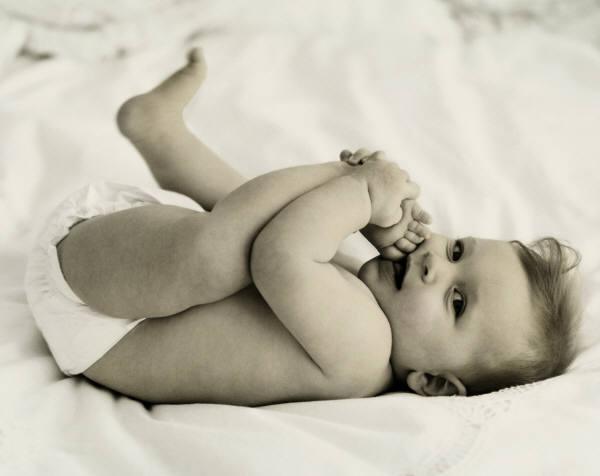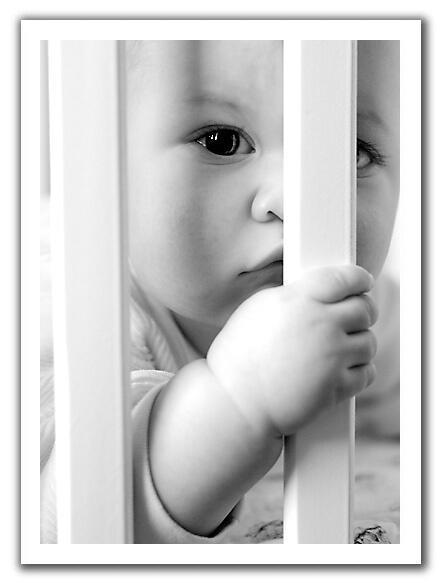Located in a quiet lane just off Senado Square in the centre of the city, the neo-classical Holy House of Mercy was the first charity association to be established in Macau. It houses the needy and elderly in Our Lady of Mercy Home for the Aged, and launched Macau's first lottery tickets for charity purposes.

Dating back from the early 17th century, St. Dominic's Church has an imposing façade of cream-coloured stone with white stucco mouldings and green-shuttered windows. The great baroque altar contains a cream and white statue of the Virgin and Child and a painting of Christ. The bell tower, at the back of the building, has been converted into a small museum housing a “Treasure of Sacred Art” exhibiting a collection of some 300 artifacts.

Located on the street next to Senado Square is the Lou Kau Mansion. Built in 1889, it has detailed decorations such as brick relief, plaster ornamentation, decorative lattice carvings and mother-of-pearl windows, perforated ceilings to facilitate ventilation and iron railings, reflecting a combination of Chinese and Western architecture. One of the best-preserved traditional Chinese houses in Macau, the mansion was the home of Lou Va Shio, a prominent Chinese merchant who owned several imposing properties in the city. I really love the intricate decorations in this mansion, and would have spent more time there if we were not so rushed for time.

The unassuming external facade of the Lou Kau Mansion, which hides a treasure trove within


In 1575, the Catholic Church was established in Macau, and promptly became the centre of Catholicism in Asia. In 1576, the Cathedral was built and many important relics of the 16th and 17th centuries are stored here. Although the Cathedral is not the biggest church in Macau, it is certainly one of the grandest.

Next, we made our way to the most iconic structure of Macau, the Ruins of St. Paul’s. All that remains of the greatest of Macau's churches is its magnificent stone facade and grand staircase. The church was built in 1602 adjoining the Jesuit College of St. Paul's, the first Western college in the Far East where missionaries studied Chinese before serving at the Ming Court in Beijing as astronomers and mathematicians. A fire in 1835 razed the college and the church, leaving only the dramatic façade standing in four colonnaded tiers. The façade is adorned with carvings and statues, depicting the early days of Christianity in Asia. There is a rather intriguing mix of images – a Virgin Mary flanked by a peony (representing China) and a chrysanthemum (representing Japan), the Garden of Eden and the Crucifixion, angels and the devil, a Chinese dragon, a Portuguese sailing ship, and pious warnings inscribed in Chinese. Beyond the façade are an excavated crypt and the underground Museum of Sacred Art. The Museum exhibits religious paintings, statues and sacred objects from churches and monasteries in Macau.

To the left of the ruins is the tiny Na Tcha Temple, a simple, peaceful temple founded over 400 years ago. The temple and the Ruins of St. Paul's reflect profoundly different cultures, yet they stand close enough, an astonishing proof where East and West have so peculiarly learnt how to live side by side along the centuries, a culture that makes Macau so unique. Just outside Na Tcha Temple is a section of the Old City Walls. The oldest point of the city walls was constructed in 1569. During that turbulent period, the Chinese government opposed the construction of city walls and they were broken down a number of times, although the incumbent Portuguese administration continued its construction until 1632. Today, the remaining wall measures just 18.5m long, 5.6m high and roughly 1m wide.

The 17th century Mount Fortress occupies a hilltop to the east of the Ruins of St. Paul’s, and is one of the most ancient Western fortresses in China. Some 300 years ago, during the height of the Ming Dynasty, Mount Fortress solemnly guarded the city. The canons were used only once, when the Dutch invaded Macau in 1622.

In 1998, the three-level Macau Museum was built into the fortress hill. The museum provides an excellent overview of Macau's history, local traditions, and arts and crafts. Arranged chronologically, the first floor depicts the beginnings of Macau and the arrival of Portuguese traders and Jesuit missionaries. Particularly interesting is the room comparing Chinese and European civilizations at the time of their encounter in the 16th century, including descriptions of their different writing systems, philosophies, and religions. The second floor deals with the daily life and traditions of old Macau, including festivals, wedding ceremonies, and industries ranging from fishing to fireworks factories. Displays include paintings and photographs depicting Macau through the centuries, traditional games and toys, an explanation of Macanese cuisine and architecture, and a re-created street in Macau lined with colonial and Chinese facades with tea, pastry, and traditional Chinese pharmacy shops. The top floor, the only one aboveground, is of Macau in the present time, including characteristic aspects of the city life, and its plans for the future.

The very interesting exhibits in the Macau Museum
It was already dusk by the time we finished our tour of the museum, and we caught the romantic sight of the Ruins of St. Paul’s bathes in the warm evening light, minus the throngs of tourists.

We didn’t manage to visit the other few heritage sites - St. Anthony's Church, Camões Square, Casa Garden & the Protestant Cemetery, and the Guia Fortress. On hindsight, we should have taken the evening/night ferry to Macau the day before. That would have given us the extra half-day to complete the heritage trail.







No comments:
Post a Comment